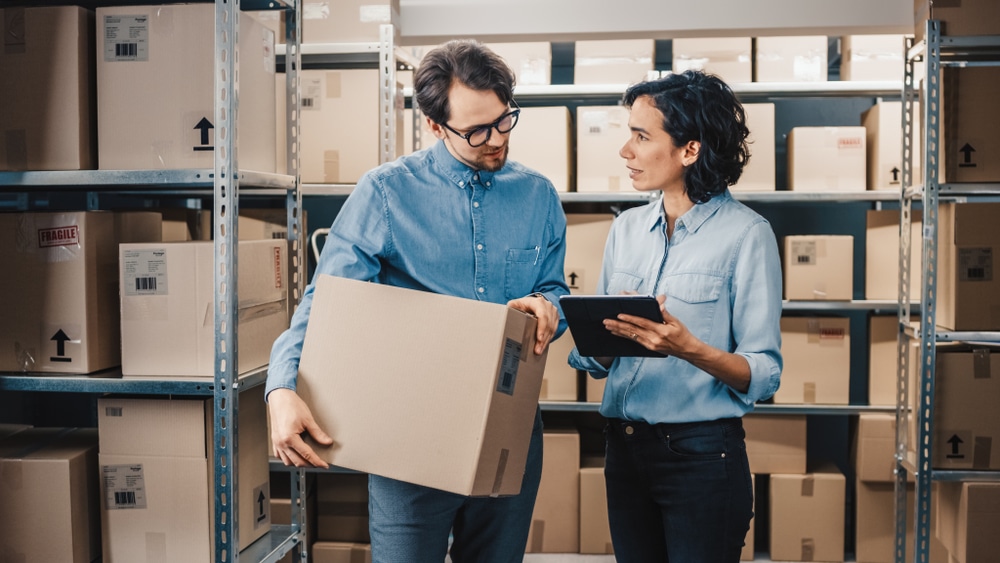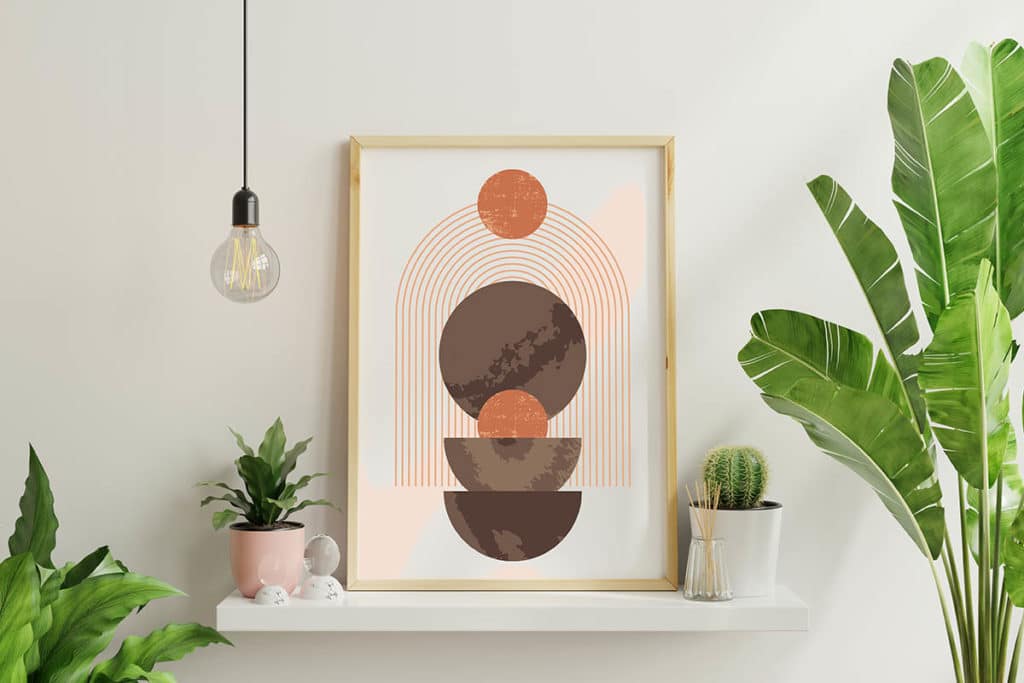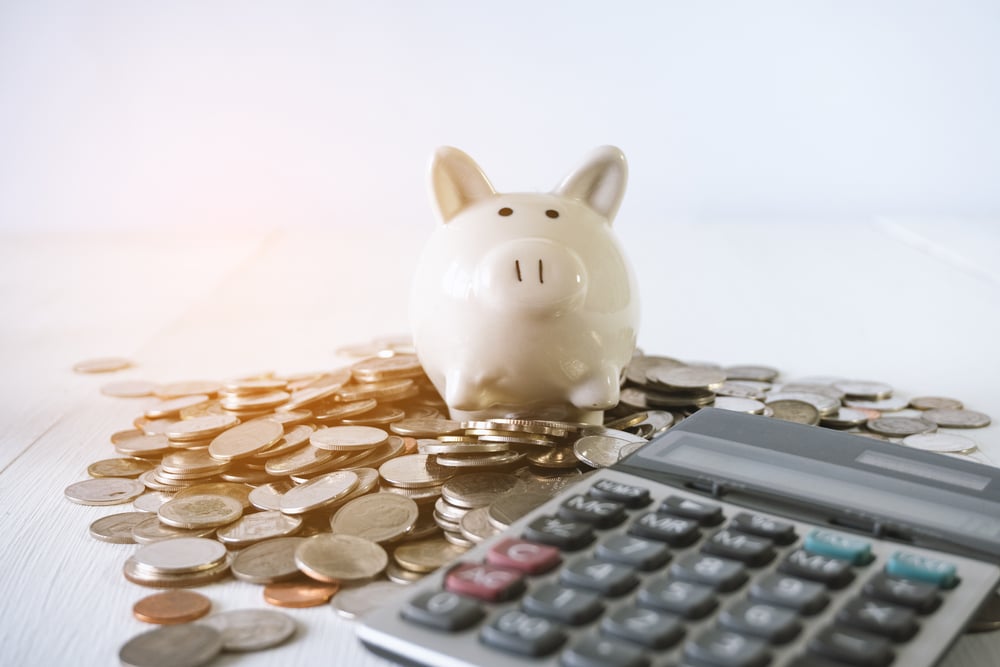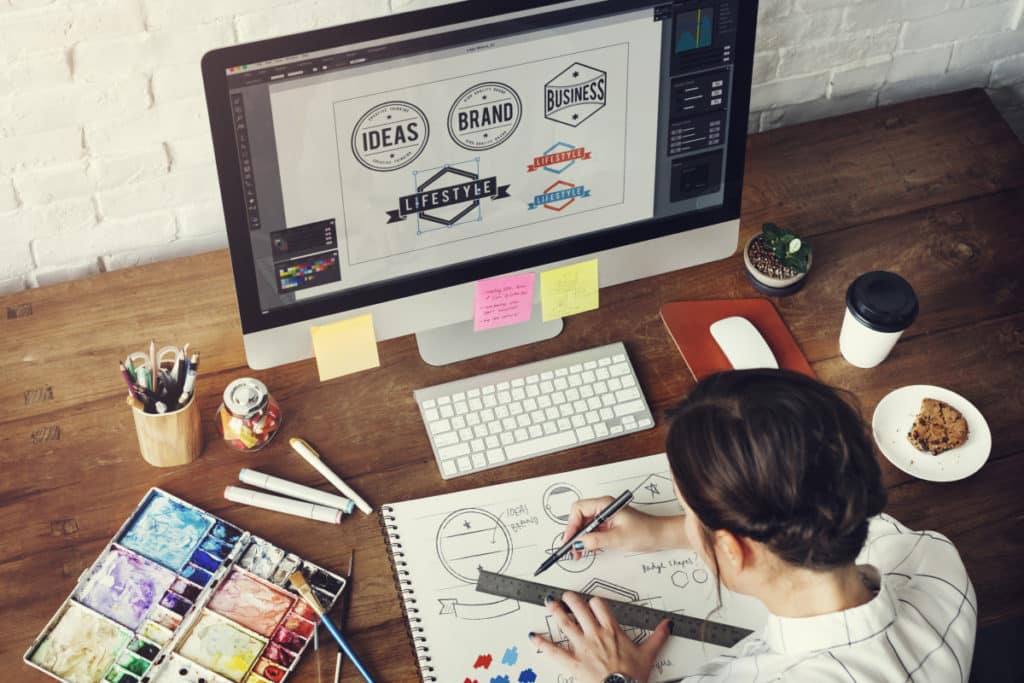If your small business is just starting out, you may be concerned about the startup costs of obtaining the required professional equipment, hardware, technology, and so on. There’s a lot that goes into starting up a new business, and purchasing all the necessary equipment and supplies can add up quickly.
But if buying all that startup equipment just isn’t feasible right now, you don’t necessarily have to wait to get started. For many businesses — large and small — equipment leasing is a viable alternative.
Leasing the equipment you need to get started can help save on upfront costs, getting your business up-and-running faster. You might be surprised at how many business equipment leasing options are available.
Here’s what you need to know about business equipment leasing and how to determine whether it’s a better option for you than buying the equipment upfront.
What Is Equipment Leasing?
Business equipment leasing is a long-term rental of business equipment where you pay a fixed monthly rate for a predetermined amount of time (usually a few years).
Interest is factored into the monthly rate, and as such, the amount you pay monthly remains the same for the duration of the lease. When the lease expires, you may choose to buy the equipment. Until then, the equipment belongs to the vendor.
That said, there are certain types of leases — known as capital leases — that allow you to pay off the total value of the equipment during the lease period, allowing you to keep the equipment at the end. Monthly payments for a capital lease are typically higher than for other types.
In any case, business equipment leasing allows you to obtain the equipment you need at a lower (or even zero) upfront cost and pay for it as you go.
What Types of Businesses Is Equipment Leasing Relevant For?
Equipment leasing can be useful for a wide variety of businesses. Large corporations and warehouses often lease things like heavy machinery, office equipment, communication systems, or vehicles. But even very small businesses like single-member LLCs can benefit from leasing important out-of-budget equipment.
- Photographers can lease cameras, lighting equipment, props, backdrops, tripods, and other equipment that they need for a much lower cost than purchasing outright..
- People who make and sell handcrafts (i.e. wood, leather, paper, textile, metal, etc.) can lease specialty tools or machinery for their craft.
- Service providers who work remotely or in co-working spaces can lease a variety of office equipment, including computers and hardware, software, office furniture, and much more.
Chances are good that no matter what size your business is or what industry you’re in, if you need special or expensive equipment, you’ll be able to find that equipment available for lease.
How Does Equipment Leasing Work?
Typically, you’ll make the lease agreement with a financial institution or business equipment leasing company. This company, the lessor, buys the equipment from the manufacturer and allows you to use it for the predetermined length of time.
To ensure the process runs smoothly, you’ll want to do thorough research ahead of time to determine:
- What equipment you need to lease
- What company you want to lease from
- Whether you meet that company’s requirements
- How long you will lease the equipment
- What kind of lease to apply for
Remember that you’re not only looking for lessors whose qualifications you can meet, but also lessors who meet your needs and expectations. You’ll want to make sure you are getting quality equipment and fair terms that work with your timeline and budget.
Benefits of Leasing vs. Buying Equipment
To be clear, equipment leasing can sometimes be a better option than buying, but not always. So, when does it make sense to lease the equipment you need, and when would it be better to save up and purchase it instead?
What About Renting Equipment?
While the terms “rent” and “lease” may seem interchangeable, they’re not exactly the same. For starters, a rental period is much shorter than a lease and is usually on a month-by-month basis, meaning you can stop renting at any time. As such, renting can be a less intimidating commitment for new businesses.
However, monthly payments are often higher for a rental than they would be with a lease. Furthermore, unlike leasing, there is no option to keep or purchase the equipment after the rental period is up. Instead, you must either return the equipment or renew the rental agreement.
While renting provides a greater amount of flexibility, it could end up being more expensive in the long run if the monthly payments add up to more than the equipment’s total value.
Pros & Cons of Leasing vs. Buying Equipment
To determine whether you should lease or purchase equipment for your small business, consider how soon you need the equipment, your current and anticipated financial state, and whether you know you’ll need to keep the equipment long-term.
Ultimately, it comes down to whether leasing or purchasing the equipment will be more beneficial for your business both now and in the long run.
Some of the benefits of equipment leasing include:
- Updating equipment: If your business thrives on cutting edge technology, equipment can go obsolete pretty quickly. If you’re leasing that equipment, there are often options to update it as needed. If you buy it, it’s up to you to purchase updates each time a new one becomes necessary.
- Lower startup costs: When you lease equipment, there’s generally little to no down payment. That makes it a very low-cost investment upfront, which can be a big help when you’re first starting out.
- “Test drive” the equipment: If you’re not totally sure which equipment will best suit your needs, leasing it for a shorter period of time can be a great way to test it out before purchasing.
On the other hand, there are some potential drawbacks to equipment leasing that may make buying the equipment a better investment:
- Overall cost: Leasing business equipment can add up to a greater overall cost than you would have spent to buy it in the first place. If you already have the funds, it may make more sense to make the purchase.
- You don’t own the equipment: Unless you’ve chosen a capital lease, the equipment isn’t yours to keep and will have to be returned — or the lease renewed — when the time is up.
- Maintenance expenses: Depending on your lease agreement, you may be responsible for covering any necessary maintenance costs to the equipment.
With the above factors in mind, if your business is already established and you know exactly what you need and have the funds now, it’s likely a better investment to go ahead and purchase the equipment.
But if you’re just starting out and can’t afford such a big purchase — but can afford a monthly payment and could use the equipment to get your business off the ground — leasing is probably the best way to go.
Is Equipment Leasing Tax-Deductible?
One big way to save on business costs is to understand what counts as a tax deduction and use this to your advantage.
According to the IRS, payments on a lease agreement may be deducted as rent, unless it falls under their conditions qualifying it as a conditional sales contract instead. These conditions include whether you receive ownership of the property upon completion of the payment period and whether parts of the payment are clearly designated or recognizable as interest, among other factors.
How to Lease Equipment for Your Business: 5 Steps
Once you’ve decided to lease the equipment you need, the process is fairly straightforward. However, it’s important to make sure you have all the necessary information and documents in order.
There are five basic steps you’ll need to take:
- Determine your equipment needs & monthly budget
- Choose a lessor
- Gather your business information
- Apply for the lease
- Review and finalize the agreement
As you can see, the majority of the process has to do with making sure everything is in place on your end. The application process itself is just one small part of the whole, and should only be done after you’ve gotten everything else in order.
As long as you meet the lessor’s requirements and have all the information you need, applying and being approved should be a mostly smooth and simple process.
Now, let’s look at each of the five steps a little more closely.
1. Determine your equipment needs and monthly budget.
Before you start looking into lessors and filling out applications, it’s important to know exactly what kinds of equipment and lease terms you’ll need. These details will inform which lessors you approach, as well as the specific terms of your lease agreement, so you’ll want to have them ironed out first.
As you consider your equipment leasing needs, ask yourself:
- What equipment do I need to lease?
- How long do I need to keep this equipment?
- Do I intend to return the equipment after the lease is up (operating lease), or do I want to pay off the equipment through the lease period so that I own the equipment afterwards (capital lease)?
- What monthly rate can I afford to pay for the duration of the lease?
Once you have a reasonable answer to each of these questions, you’re ready to start shopping for lessors.
2. Choose a lessor.
From financial institutions like banks to individual lessors, there are a lot of small business equipment leasing companies out there. Don’t be afraid to take your time researching the different options. You can also look up reviews for companies you’re interested in to get an idea of what it’s like to work with them.
Although you may not be purchasing this equipment to keep forever, you still want to make sure it will fulfill your business needs and that the lessor will be a good company to work with during the lease period.
If you’re leasing specialty equipment, it’s a good idea to choose a lessor who has experience working with other small businesses in your niche or industry. That way they’ll be familiar with the types of equipment and lease terms that people in your industry typically need.
3. Gather your business information.
Once you know which lessor you want to work with, you’ll have a pretty good idea of what qualifications you need to meet along with the documents and information that the company will need to see from you when you apply.
Each lessor will have their own requirements, but in general, you should expect to provide the following documents and information:
- A business plan
- Your business’s financial information
- Your information and information on any business partners (if applicable)
- The exact equipment you need to lease
Some lessors may not require a full business plan for equipment valued under a certain amount, while others may require one for any lease. Be sure to check with the lessor for their exact requirements before you submit your application.
4. Apply for the lease.
When you’re ready, fill out the application as carefully and thoroughly as possible. Then submit the application along with any required documents.
Most lessors allow you to easily apply online and will notify you of the results within 48 hours of your submission.
5. Review and finalize the agreement.
Once your application is approved, you’ll have another chance to look over the agreement and make any last-minute negotiations or ask any remaining questions before you sign.
Don’t rush through this step — it’s important to make sure you understand exactly what’s expected of you, and what you should expect from the lessor. If you’ve applied to multiple lessors, this is when you’ll choose which of them to lease the equipment from.
Once everything looks good, you’re ready to sign the agreement and send it over to the lessor along with your first month’s payment. After that, you’ll receive a notification that the lease has gone into effect, and you’ll be ready to receive the equipment and get started.
To Lease or Not to Lease?
Especially when you’re just starting out, it’s easy to fall into the trap of thinking you have to have everything purchased, set up, and figured out before you can open up shop and start earning money. But that’s often not the case!
Instead of waiting around until you can save up enough money to purchase your business equipment, leasing a few key pieces can help give your business the jumpstart it needs to get off the ground — without requiring a huge upfront payment.
Then, as you learn what equipment works best and what you still need, you’ll be able to make purchases later on down the road.
How Lili Can Help with Business Equipment Leasing & Purchasing
Whether you choose to lease or purchase your business’s equipment, there are plenty of additional ways to help reduce costs and set your business up for financial success.
For example, choosing a single platform to manage your business finances instead of multiple tools reduces costs and maximizes efficiency in handling your business operations. This is our primary mission at Lili; providing the business banking features needed to streamline money movement for your business, alongside accounting software that simplifies your daily bookkeeping so you can maintain tight control over your cash flow, all at a budget-friendly cost that empowers small businesses to focus their resources on growth. And, with a high-yield savings account that offers 4.15% APY, you’ll be able to build up savings for business equipment that you may need to buy in the future.




